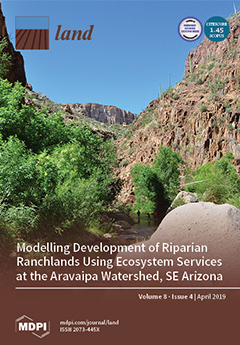Assessing Nature-Based Recreation to Support Urban Green Infrastructure Planning in Trento (Italy)
Nature-based recreation is among the most relevant ecosystem services supplied by urban green infrastructure, affecting citizens’ physical and mental wellbeing. Providing adequate green spaces for nature-based recreation is among the main goals of urban planning, but commonly-used indicators offer a partial view on the issue.







